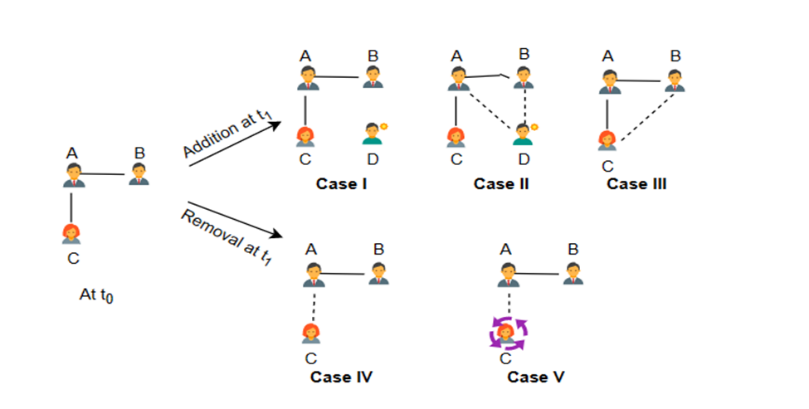Title
Main Article Content
Abstract
Abstract
Article Details
How to Cite
author1, author2. (2023). Title. International Journal on Recent and Innovation Trends in Computing and Communication, 11(10s), 588–599. https://doi.org/10.17762/ijritcc.v11i10s.7697
Issue
Section
Articles

